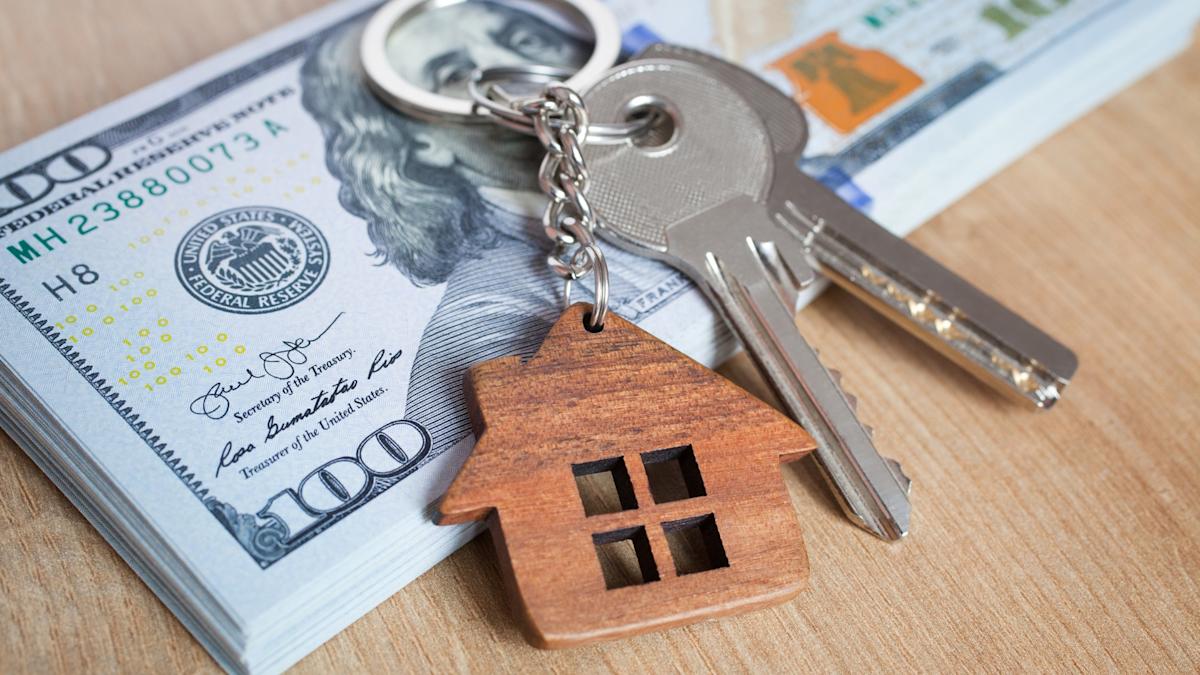Most people buying their first rental property are wildly underprepared, and not in the way they think.
You can binge all the real estate podcasts you want, but if your financial foundation is shaky, the whole thing can tilt. That’s the warning Scott Trench from BiggerPockets brought to “The Money Guy Show,” where he laid out a case for not jumping into real estate just because it’s trendy or sounds “passive.”
Read Next: 10 Best Places To Buy a Short-Term Rental Property To Earn Passive Income in 2025
Check Out: 5 Cities You Need To Consider If You’re Retiring in 2025
Before you make your first down payment, there’s one thing you absolutely need: a cushion that can actually carry weight.
Also see the easiest and hardest ways to invest in real estate.
Before thinking about touring properties or calculating your future cash flow, you need a healthy margin between what you earn and what you spend. Not just enough to squeak by, but actual breathing room. Trench called this the “spread,” and if there’s not several thousand dollars left over after taxes each month, you’re not ready.
That might sound harsh, but it’s reality. Because roofs cave in, pipes burst, furnaces die in the middle of winter and sometimes tenants will refuse to pay. If you’re one unexpected expense away from having nothing in your bank account, a rental property won’t fix that; it’ll make it worse.
Trench argued that real estate investing should follow, not precede, a solid financial base, which includes emergency reserves, a steady income and a lifestyle that doesn’t devour every cent you make.
You don’t need to be rich, but you do need to be stable (and boringly consistent). That’s the kind of foundation that keeps a rental from becoming a liability.
Be Aware: 7 Housing Markets Where Home Values Could Plummet
Some investors treat their home equity like an ATM, pulling out a home equity line of credit (HELOC) to fund their first rental. Trench thinks that’s a mistake. “A big pet peeve of mine is when people take out a HELOC on their primary to buy a rental property,” he said.
Why? Because that debt isn’t free. A $60,000 HELOC paid back over five years means coughing up around $1,000 a month before interest, Trench explained. Sure, the rental might cash flow a bit, but not enough to cover that. Instead of generating income, the property now pulls money from your life every month.
In fact, according to FINRA, taking out a HELOC to invest includes extra risks than just investing, as you’re
“placing a huge bet that the investment will increase enough for your to realize a profit after paying back your loan principal, interest and other loan and investment-related costs.”






